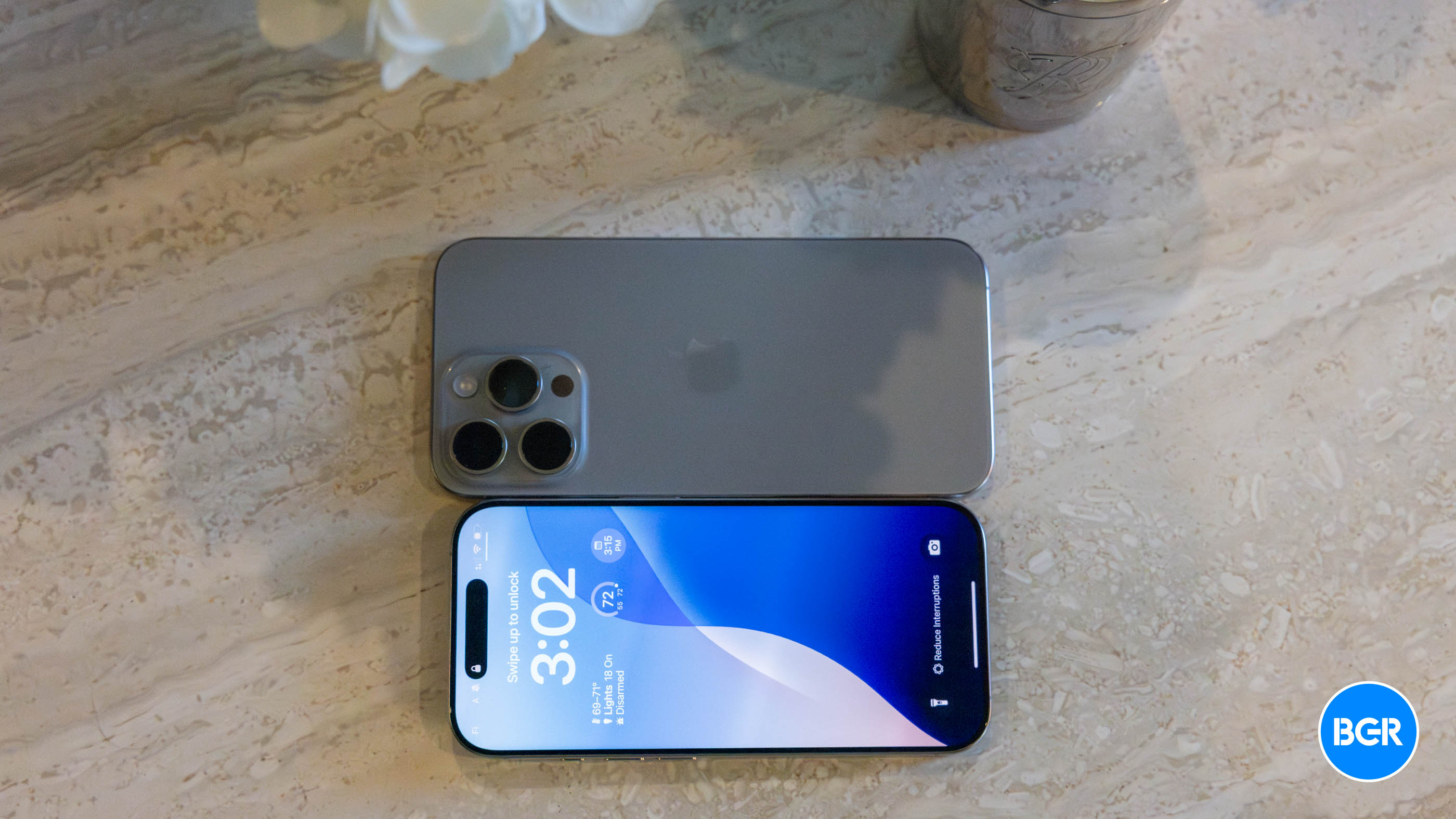Ink used in Samsung Display’s QDOLED__ products. Image from
Samsung Display Co., Ltd., with permission.
Samsung Display has pioneered the integration of ultrafine semiconductor particles known as quantum dots (QD) into displays. As the next development, the researchers from the firm have developed a quantum dot ink recycling technology, intended to enhance the cost competitiveness of its QDOLED displays. This addresses the loss of QD ink that would otherwise be lost during the QD emissive layer fabrication.
Quantum dots (sometimes referred to as semiconductor nanocrystals) are particles only a few nanometres in size and possessing optical and electronic properties. These properties differ from those of larger particles due to inherent quantum mechanical effects.
The process involves collecting and recycling wasted QD ink from the QDOLED manufacturing process. The recovered ink is refined through advanced synthesis technology that revives its purity and optical properties.
Through this process, the South Korean company has successfully recovered and reprocessed 80 percent of the ink initially left unutilized in producing the QD emissive layer.
This development is expected to bring annual cost savings of over KRW 10 billion (approximately $7.3 million), as well as supporting resource recycling efforts. Samsung Display has been prioritizing environmental and social values in the entire process of product manufacturing. The company will further evolve into a sustainable organization dedicated to environmentally sound products that contribute to the betterment of humanity
The QD lightemitting layer, the key structure of QDOLED displays, is formed using inkjet printing that densely sprays red and green QD ink through micro nozzles in micrometre sizes.
Any QD ink left in the nozzles was previously discarded, accounting for approximately 20 percent of the total QD ink used in the process.
To counteract this loss, in December 2023,Samsung Display assembled a task force led by the BP technology team of the large business division consisting of members from the manufacturing, development, research lab, environmental safety, and procurement teams. This team succeeded in developing a QD ink recycling facility in August 2024.
The regenerated ink undergoes advanced synthesis technology that revives its purity and optical properties, resulting in same performance levels as the original ink in quality tests. It has been in use on the production line since October this year.
Seongbong Kim, Vice President and Head of the Large Manufacturing Technology Center at Samsung Display states: By developing this groundbreaking technology that recycles highquality QD ink inhouse, we will significantly contribute not only to cost reduction but also to resource recycling.”
Headquartered in South Korea, Samsung Display enabled the world’s first massproduction of OLED and QD (Quantum Dot)OLED technology. The company is seeking to introduce slidable, rollable and stretchable panels for the nextwave.






